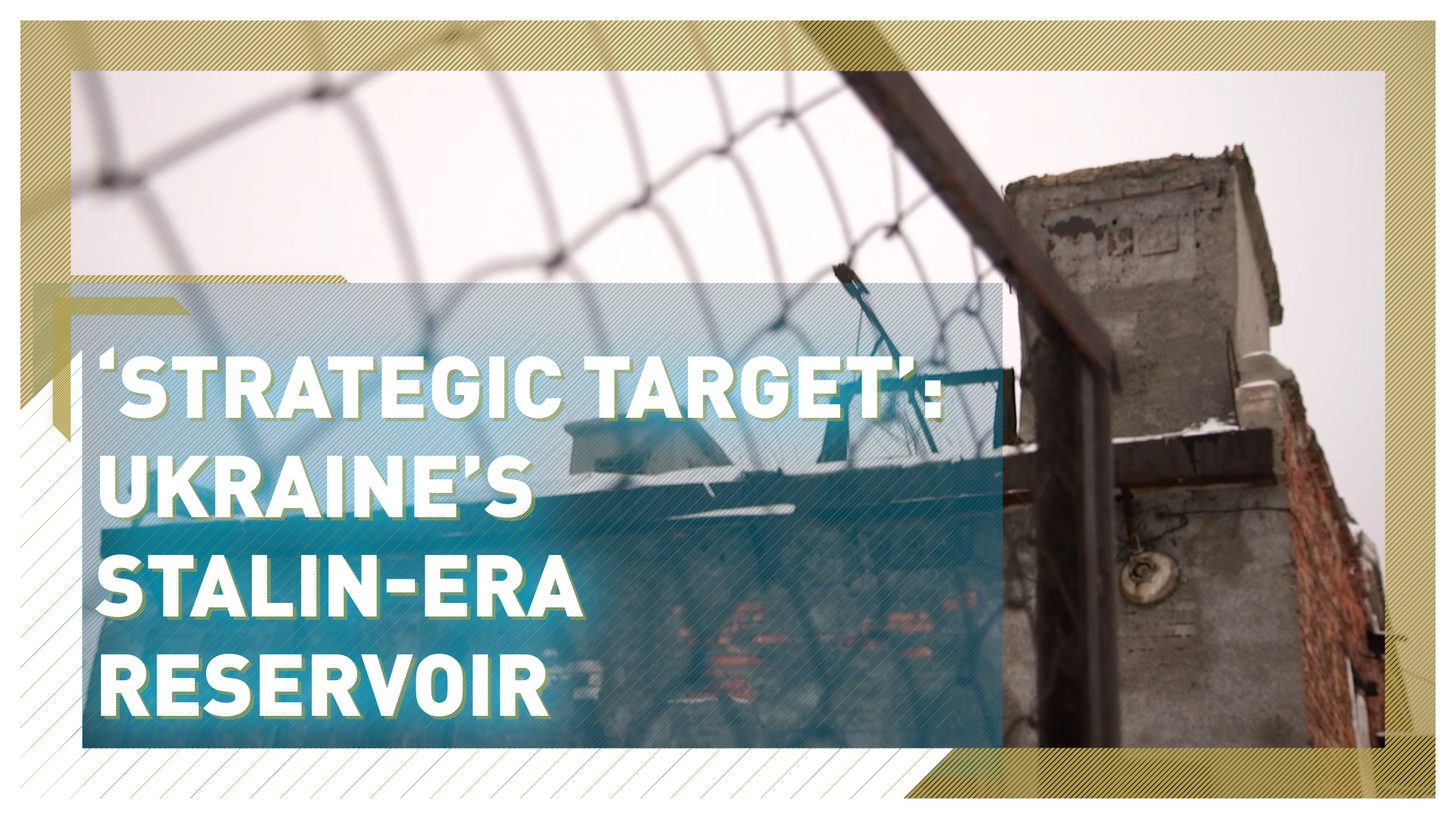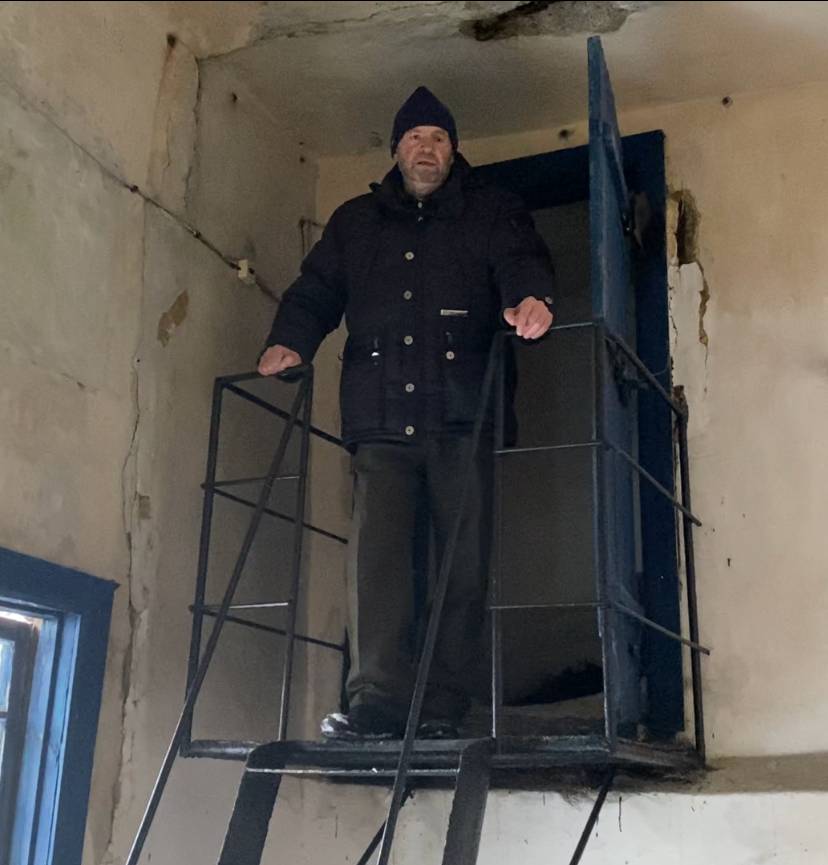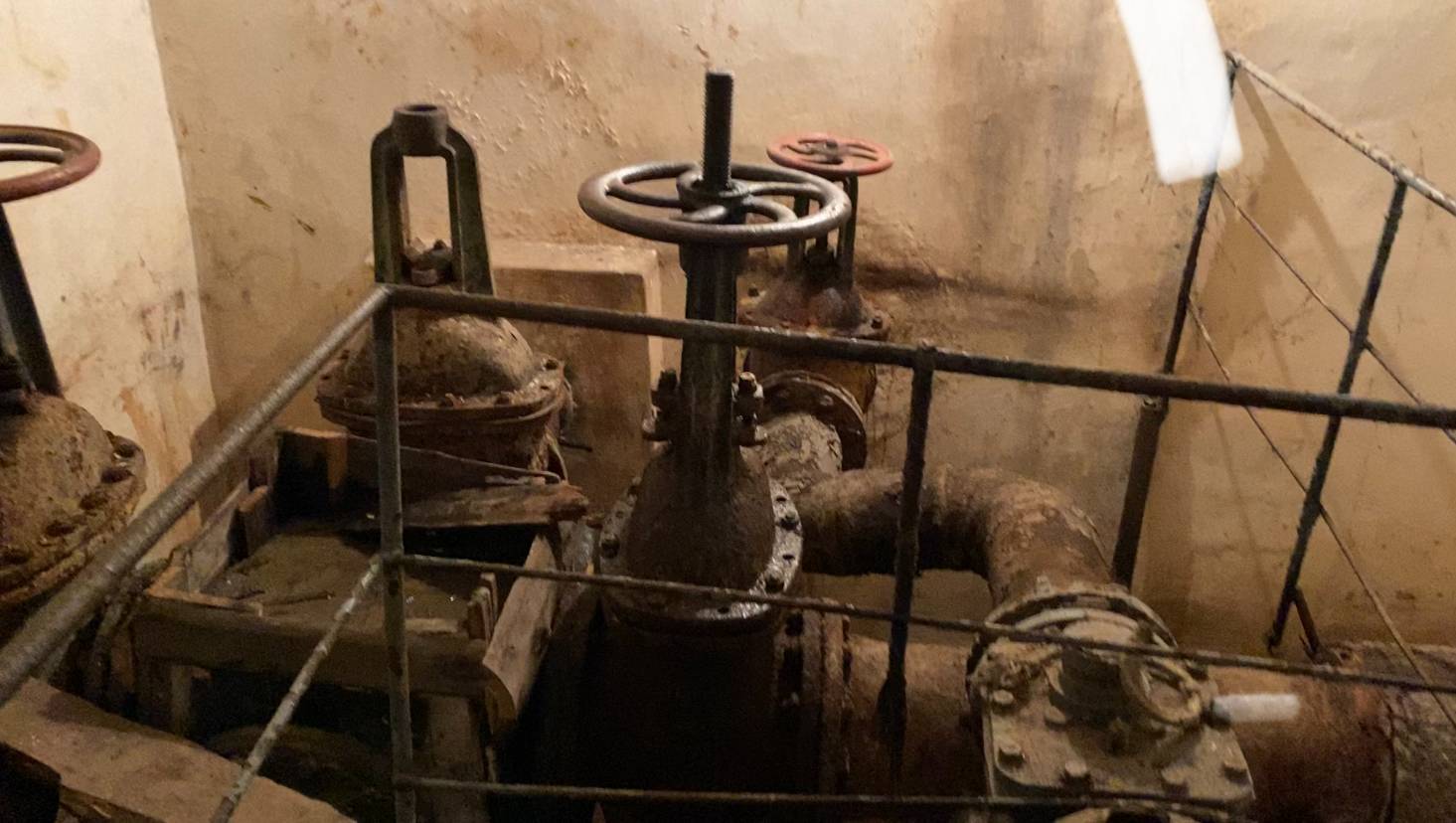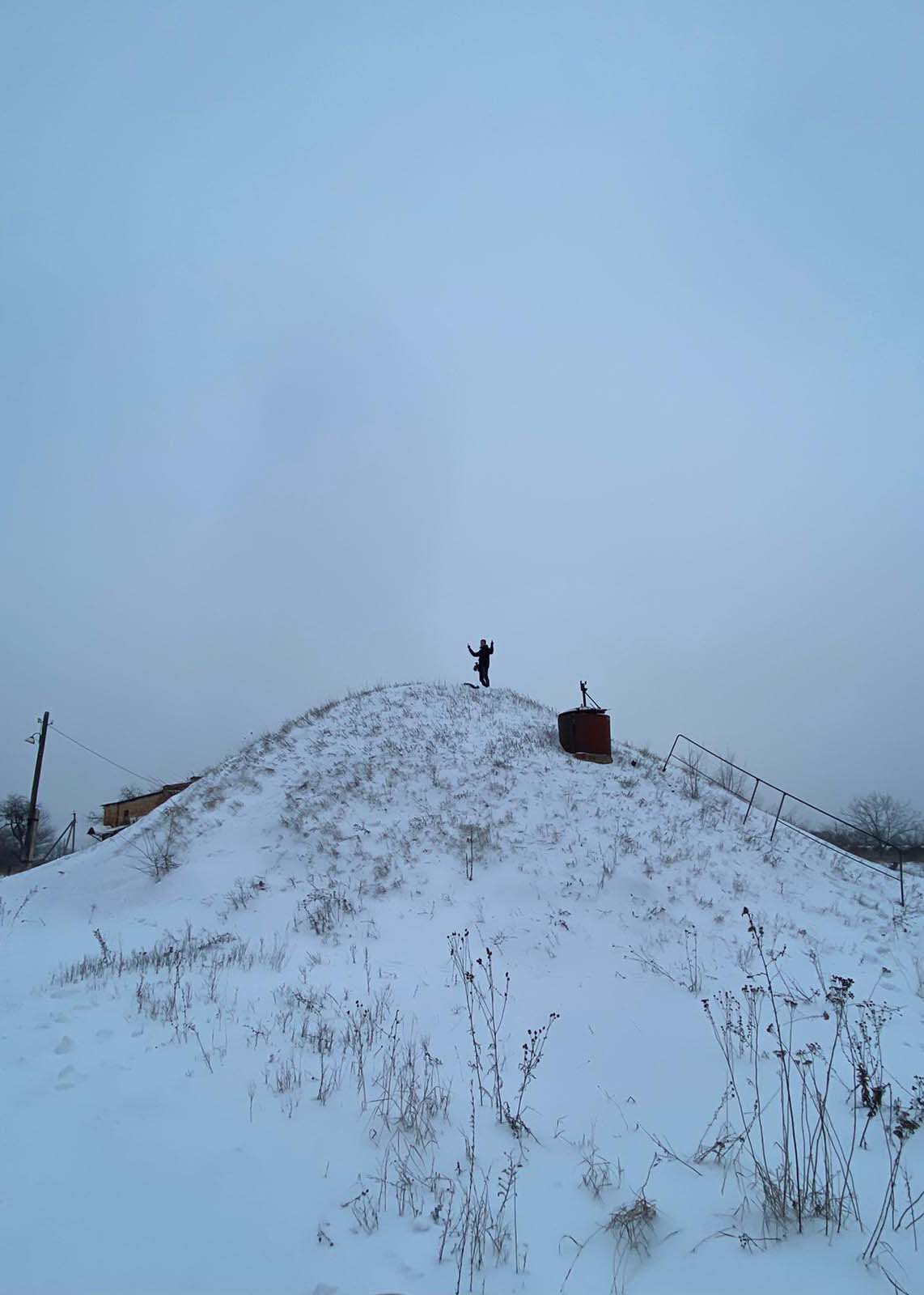02:29

Pockmarks scar the buildings housing the reservoirs and pumps of Karbonit's water filtration station. They are the footprints of dozens of mortars, RPG's, shells, bullets that have been discharged at or around the facility in recent years.
"We're a strategic target," the plant's manager Alexander Ignatenko tells CGTN. "There's no doubting that."
The five-reservoir station's importance stems from its role as the source of drinking, bathing and cooking water for approximately half a million Eastern Ukraine residents living in the Luhansk Oblast. If the facility gets hit, water delivery gets cut.

Alexander Ignatenko is accustomed to working in a war zone. /Stephanie Freid /CGTN
Alexander Ignatenko is accustomed to working in a war zone. /Stephanie Freid /CGTN
In wartime, power stations, communications systems and water supplies are often seen as soft targets for opposing armies attempting to weaken the other side. The current crisis in Ukraine is no exception.
READ MORE
Training with the Ukraine military
Should all zoos be closed?
The dog rescued by a sausage
As CGTN's team visited the site, following Ignatenko through the snow, mortar and automatic weapon fire could be heard nearby, a reminder that the conflict in this region is by no means cold.
"We're used to it," Ignatenko mutters. "There are so many impact craters in the ground here. You can't see them because they're buried underneath the snow."
Past and present
The reservoir is located on the outskirts of Zolote, Ukraine – a coal mining town of approximately 13,000 residents. A series of military trenches marking a Ukraine army position run through the center of town, dividing it in half between pro-Russia and pro-Ukraine sides. The front line's close proximity to the reservoir puts it in the line of fire.
Karbonit was built in 1930 – "During Stalin's time," as Ignatenko puts it – eight years after the Soviet Union took control of Ukraine and declared the country a Soviet Republic.
Sixty one years later, Ukraine regained its independence.
Inside Karbonit's water pumping rooms, antiquated rusted pipes are also seemingly "from Stalin's time" – possibly in place since the reservoir was built nearly a century ago.

The rusting pipes can be damaged by shockwaves. /Stephanie Freid /CGTN
The rusting pipes can be damaged by shockwaves. /Stephanie Freid /CGTN
Five water supply pools lie buried beneath 20-meter high, cavernous dirt mounds constructed to insulate the water from freezing in winter and cultivating algae in summer. The dirt mounds serve as natural fortification against potential artillery damage but there are broader implications.
"A direct hit isn't our only concern," Ignatenko explains. "Blast waves generated by heavy artillery fire could destroy the water pipe system."
Shelling has intermittently put Karbonit out of commission in recent years. And although some of Karbonit's underground piping system has been upgraded it still remains vulnerable.
"It's not enough," Ignatenko says shaking his head.

'There are so many impact craters in the ground here. You can't see them because they're buried underneath the snow,' says the plant's manager Alexander Ignatenko. /Stephanie Freid/CGTN
'There are so many impact craters in the ground here. You can't see them because they're buried underneath the snow,' says the plant's manager Alexander Ignatenko. /Stephanie Freid/CGTN

